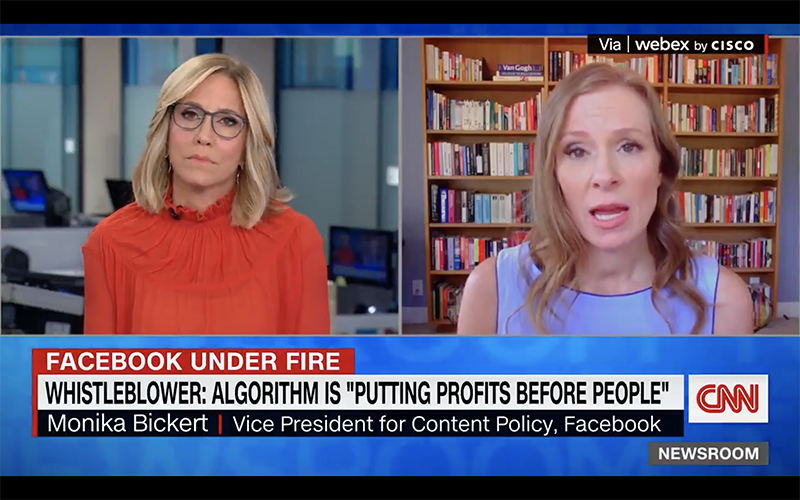The Capitol Riot
The shocking scenes of pro-Trump rioters – Proud Boys, white nationalists, and noted conspiracy theorists – storming the Capitol have shaken the world. A looming question: why wasn’t law enforcement more prepared? Especially, as NPR reports, On Far-Right Websites, Plans To Storm Capitol Were Made In Plain Sight. Now, with all of the selfies and brazen pictures rioters are posting to social media, the FBI is working to identify them.
Seeing insurrectionists snapping pics inside Speaker Pelosi’s office is chilling and raises serious questions about breeches in security. “One thing I can guarantee you is that in Tehran, in Moscow, in Beijing folks are sitting in meetings right now thinking how can we take advantage of this?” says Kelvin Coleman, executive director of the National Cyber Security Alliance, quoted in a piece for WIRED on the security mess Capitol Hill IT staff face.

“…Internet platforms—Facebook, Instagram, YouTube, and Twitter, in particular—have played a fomenting and facilitating role that no one should overlook. In their relentless pursuit of engagement and profits, these platforms created algorithms that amplify hate speech, disinformation, and conspiracy theories,” writes Roger McNamee. Now, he argues, Platforms Must Pay for Their Role in the Insurrection. Similarly, The New York Times’ Shira Ovide writes that this is “a moment for all of us to begin to repair what’s broken.” Ovide also sat down with Farhad Manjoo to discuss the forces that led us here – Trump. Twitter. QAnon. Who’s to Blame?
Communities Tackle the Digital Divide
Mere miles from Silicon Valley, internet access is so unequal that communities are taking matters into their own hands and building wireless networks to ensure that students can learn remotely. According to the SF Gate, “school districts and cities are laying down fiber cable and installing Wi-Fi access points, complete with modems and routers on light poles and traffic lights.” Rather than spending an $800,000/year on hotspots as a stopgap, one local district is opting to spend the estimated $6-8 million to install their own broadband network.
In Southern California, the Los Angeles Dodgers Foundation is working with community-based organizations to get underserved students the tech they need. (Bonus: Hear Silicon Harlem’s CEO discuss the partnerships and community solutions they have in the works.) And stay tuned for information on our Digitally Divided event this March.

AI Gets Spiritual and Surreal
In an opinion piece for the MIT Tech Review, Soraj Hongladarom says AI needs to adopt Buddhist teachings if it is to become truly ethical. Key principals such as compassion, accountability, and a dedication to doing no harm and eliminating suffering in the world should not only be programmed into the tech itself, but cultivated in those developing it.
What does an avocado armchair look like to AI? It’s not the 1970’s Eames Lounger you may be picturing. (But the baby daikon in a tutu walking a radish is pretty spot on.) OpenAI’s DALL.E is “able to create plausible images for a great variety of sentences that explore the compositional structure of language.” See what it’s come up with.
A Dose of Optimism for 2021
Paul Krugman has some good news for the year ahead – “Things will get better. Seriously.” Though the next few months may be hell, an economic recovery will be “much faster and continue much longer than many people expect.”
Safer travel, climate policy, a return to community, low interest rates, and better long-term health are 5 reasons for optimism in 2021. Plus the top tech trends of 2021 and the tech that will invade our lives.














